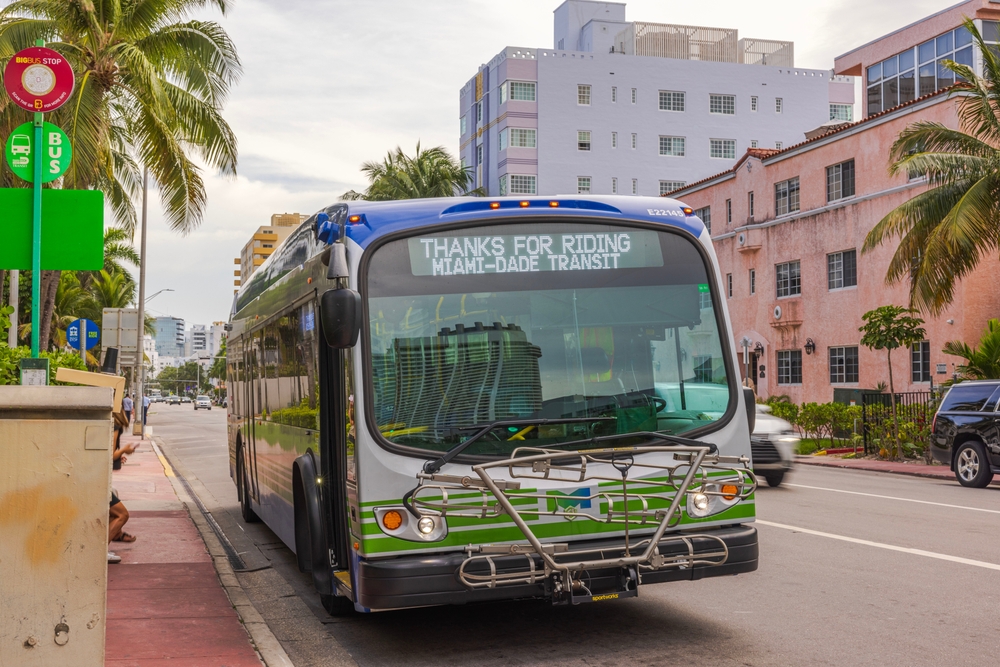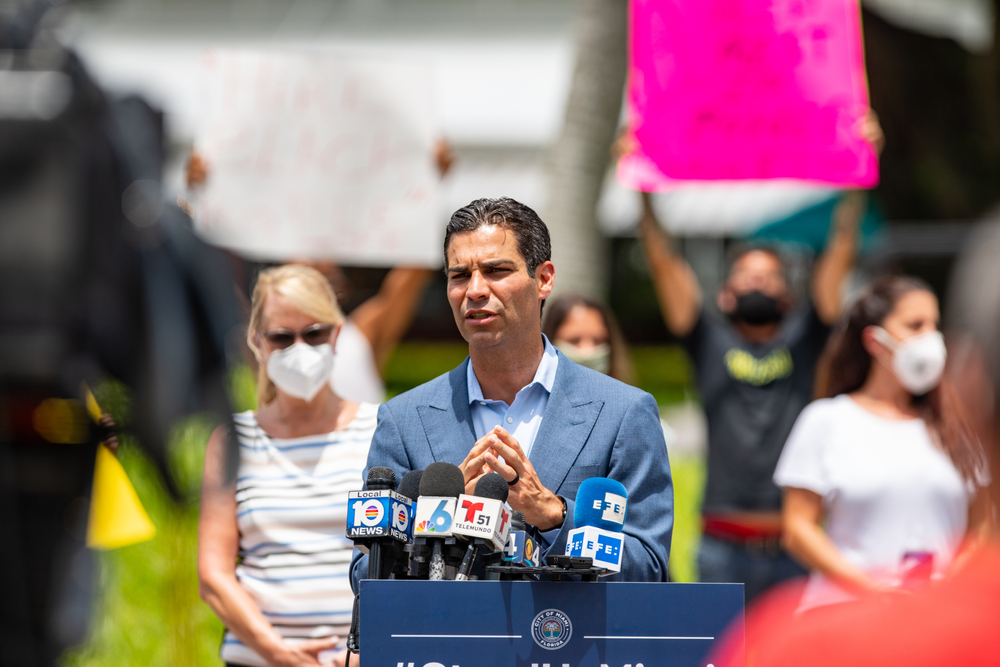Skilled workers are the engine of transit reliability.
– Wilson Alvarez
In March 2025, Miami-Dade finds itself at a crossroads between status quo and scalable transformation. While new initiatives have emerged this month, persistent gaps continue to limit our system’s efficiency, equity, and resilience. This monthly transportation update uses real insights from County operations and planning documents, paired with my engineering perspective as a Professional Engineer (P.E.), to unpack challenges—and propose actionable next steps.
Problem: Project Backlogs and Rising Construction Costs
The Problem:
Escalating material and labor costs have delayed several infrastructure projects, including roadway repaving schedules and transit facility upgrades. Construction timelines are ballooning by 15–25%.
The Process:
The County has begun reprioritizing capital improvement projects based on budget impact. Contracts are being renegotiated, and some scopes reduced.
The Solution
Create a rolling Value Engineering Task Force—a standing team to regularly audit project scopes for cost-saving opportunities without compromising safety or performance.
The End in Mind:
Protect taxpayer funds while maintaining the momentum of Miami-Dade’s critical infrastructure pipeline.
Problem: Bus Driver Shortages Are Straining Routes
The Problem:
Miami-Dade Transit is experiencing a shortage of bus operators, forcing service cuts on multiple routes—especially during weekends and off-peak hours.
The Process:
The County is offering signing bonuses and holding job fairs, but many positions remain unfilled due to competitive labor conditions.
The Solution:
Launch a Transit Workforce Academy in partnership with local colleges to provide paid training, CDL certification, and career tracks in transportation operations.
The End in Mind:
Build a sustainable workforce pipeline while reducing service disruptions and rider frustration.
Problem: Pedestrian Safety Is in Crisis
The Problem:
In the past 12 months, Miami-Dade has seen a sharp increase in pedestrian fatalities—many involving high-speed corridors like NW 27th Avenue and Flagler Street.
The Process:
Some “Vision Zero” plans have been introduced, including increased lighting and speed enforcement. But implementation is slow and spotty.
The Solution:
Designate Pedestrian Safety Zones with reduced speed limits, speed tables, protected crossings, and automated enforcement. Prioritize schools, senior zones, and transit hubs.
The End in Mind:
No pedestrian should die crossing a street. Safety must be engineered into every intersection.
Problem: EV Charging Infrastructure Is Not Scaling Fast Enough
The Problem:
Despite growing EV adoption in Miami-Dade, public charging availability remains inconsistent. Neighborhoods like Overtown, Hialeah, and Homestead have few public charging stations.
The Process:
The County has installed chargers in County-owned garages and select libraries. Some federal grant applications are in progress.
The Solution:
Deploy Community Charging Hubs at transit stations, park-and-rides, and shopping plazas. Incentivize private partners to deploy chargers in underserved zip codes.
The End in Mind:
Equitable access to clean mobility options—and zero excuses for range anxiety.
Problem: Public Confusion About the SMART Plan Timeline
The Problem:
Residents frequently express confusion or skepticism about when and where SMART Plan projects—like the Beach Corridor and North Corridor—will become reality.
The Process:
The County hosts community workshops and posts updates, but the information is fragmented across multiple websites and difficult to track.
The Solution:
Publish a SMART Plan Dashboard—a real-time, public-facing tool that shows corridor status, key milestones, funding progress, and estimated opening dates.
The End in Mind:
Transparency builds public trust and support. Let’s show taxpayers where their dollars are going—and when they’ll ride the results.
“If you want to go fast, go alone. If you want to go far, go together.” – African Proverb
Miami-Dade can’t solve transportation challenges in silos. Collaboration is the fuel for long-haul change.
Takeaway:
March 2025 reinforces a clear theme: systems-level thinking. No single fix will work. We must align projects, people, and policies to shape a Miami-Dade that moves efficiently, safely, and sustainably.
Call to Action:
Let’s keep raising the bar—by demanding more from our systems, supporting smarter investments, and ensuring our transportation future serves all of Miami-Dade.
Let’s connect, collaborate, and deliver the future of transportation—one bold decision at a time.





